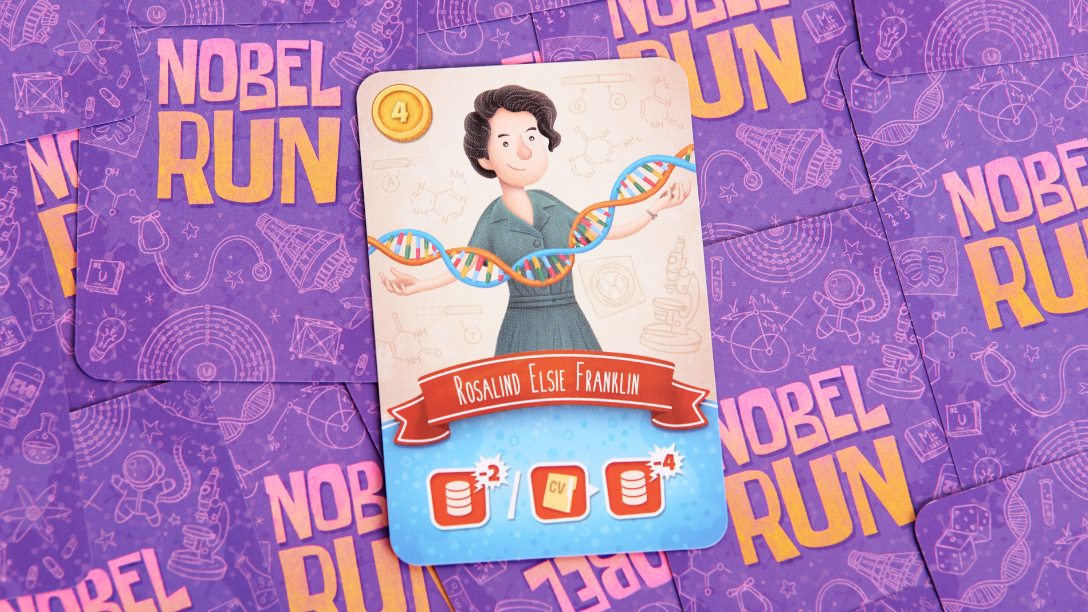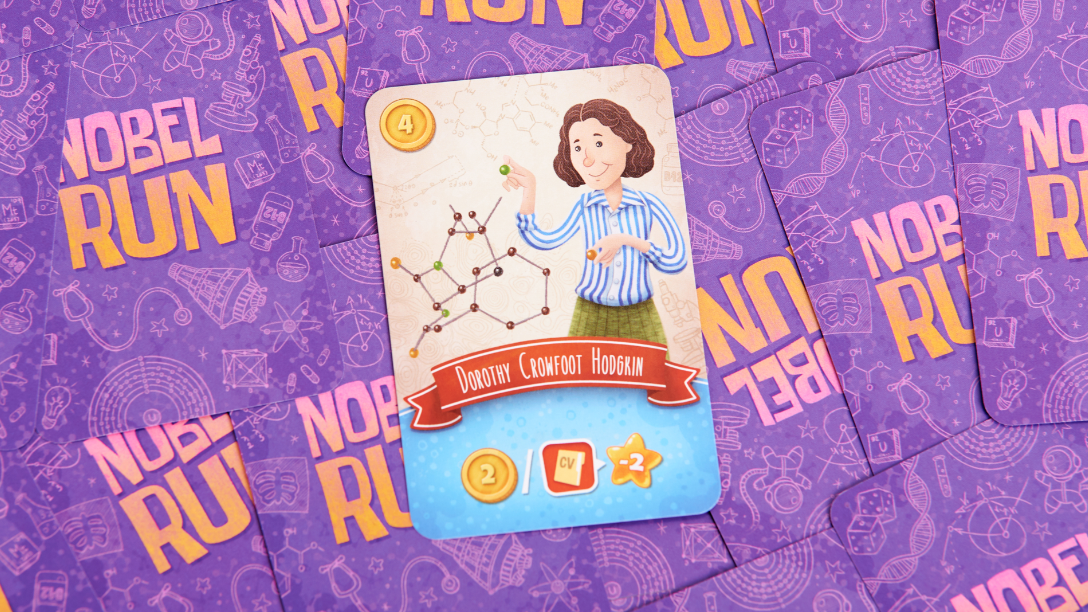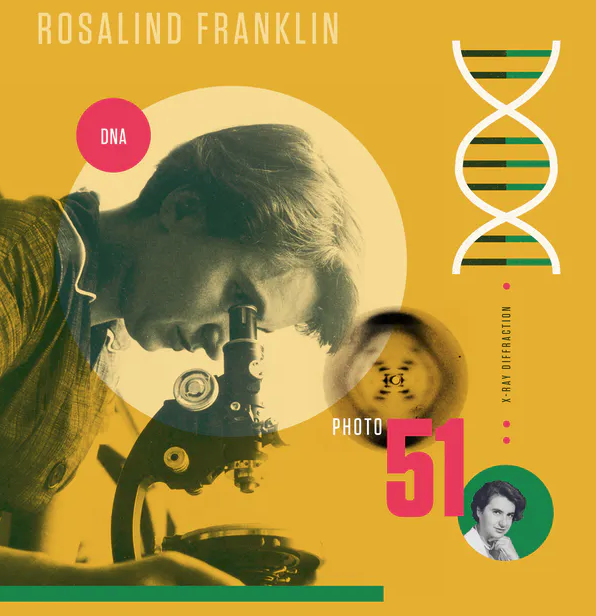
Science and everyday life cannot and should not be separated.”
Rosalind Elsie Franklin
(London, 25 July 1920 – London, 16 April 1958)
She made essential contributions to the understanding of DNA, RNA, viruses, carbon and graphite, and was one of only four people to discover the molecular structure of DNA. However, it took many years for Franklin’s important contribution to be recognised through X-ray diffraction imaging.
Her education
Franklin was born in London on 25 July 1920, into a wealthy family. She was an outstanding student. In the words of her younger sister, “as a very young girl, she refused to accept a statement or a belief for which there was no logic or proof to show it to be valid“. At 18, she enrolled at Newnham Women’s College, Cambridge University, where she studied chemistry and physics. She received a scholarship to work in the lab, but the lack of a close relationship with her supervisor, Norrish, kept her away. This led her to do pioneering research for her doctoral thesis on the molecular structure of carbon.
In 1946, she moved to Paris, where she studied X-ray crystallography, a powerful tool to understand the structure of molecules and how they bend X-ray beams. Although she loved the Parisian lifestyle, after four years she returned to London where she worked at King’s College. There she met Maurice Wilkins, with whom she worked on the search for the structure of DNA. Their personalities were opposites and immediately clashed, leading them to work separately. Wilkins sought company at the Cavendish Laboratory in Cambridge, where his friend Francis Crick was working with James Watson to build a model of the DNA molecule. Franklin, on the other hand, was alone. She was also not allowed access to the department’s common coffee and break room because she was a woman. “It may seem trivial but it’s more important than it sounds, because this is where her fellow researchers met and where they discussed their work in a more informal way. And she was excluded from all of that” said the scientist’s sister.
Photograph 51
Franklin was involved in the discovery of the structure of DNA in 1953, but Francis Crick and James Watson only quoted her in the last paragraph of their Nature article:
We have also been stimulated by a knowledge of the general nature of the unpublished experimental results and ideas of Dr. M. H. F. Wilkins, Dr. R. E. Franklin and their co-workers at King’s College, London.
In fact, Nature published three articles under the single title “Molecular Structure of Nucleic Acids”. The first, by Crick and Watson, is the star of the revelation of the scientific discovery, the structure of DNA. The second is by Maurice Wilkins with two other colleagues. The third, by Rosalind Franklin and Raymond Gosling, a PhD student who was collaborating with her department.
And this is where the controversy comes in: Wilkins, behind Franklin’s back, had shown Watson the decisive photos she had taken with Gosling (the famous “Photograph 51”), the results of which she had not yet published. That was the essential piece of the puzzle that Watson and Crick were missing.
Years later, to commemorate the centenary of her birth, the UK mint released a 50 pence piece featuring her “Photograph 51”.
But this is only a small part of her legacy, as she also made important advances in carbon science and became an expert in the study of viruses that cause disease in plants and people.
Invisibility and sexism in science
In 1956, just as her career was at its peak, it was tragically cut short when she was diagnosed with ovarian cancer, and she died two years later at the age of 37. After her death, her collaborators Aaron Klug and John Finch published the structure of the poliovirus, dedicating the paper to her memory. Klug would go on to win the 1982 Nobel Prize in Chemistry for his work in elucidating the structure of viruses.
Watson, Crick and Wilkins also received the Nobel Prize in 1962 (it is never awarded posthumously and cannot be received by more than three people), but they did not give her the visibility she deserved. In fact, Watson repeatedly described her in sexist terms in his book The Double Helix (1968), criticising her “choice” not to “emphasise her feminine qualities” and her lack of “even a slight interest in clothes”. It took many years for Franklin’s important contribution to be recognised through images taken with the X-ray diffraction technique. Indeed, she died without ever knowing the extent to which Crick and Watson’s work had depended on her research.
As we can see, our protagonist gradually gave up (and was sometimes robbed of) her accomplishments and the limelight so that others could receive recognition. Time has brought her back into the spotlight, and thanks to progressive nature of science, many research teams today can use tools such as DNA sequencing and X-ray crystallography to investigate viruses such as SARS-CoV-2.
SCIENTIST
In the centre of Rosalind Franklin’s tombstone in London’s Willesden Jewish Cemetery is the word “SCIENTIST”, followed by the sentence: “Her research and discoveries on viruses remain of lasting benefit to mankind.”. Thank you so much.
Rosalind Elsie Franklin is one of the scientists who appears in our board game Nobel Run. More info: Gearing Roles launches the Nobel Run board game to give visibility to women in science.
Text by Lorena Fernández (@loretahur).
Illustrations by Iñigo Maestro (@iMaestroArt).



